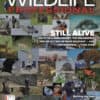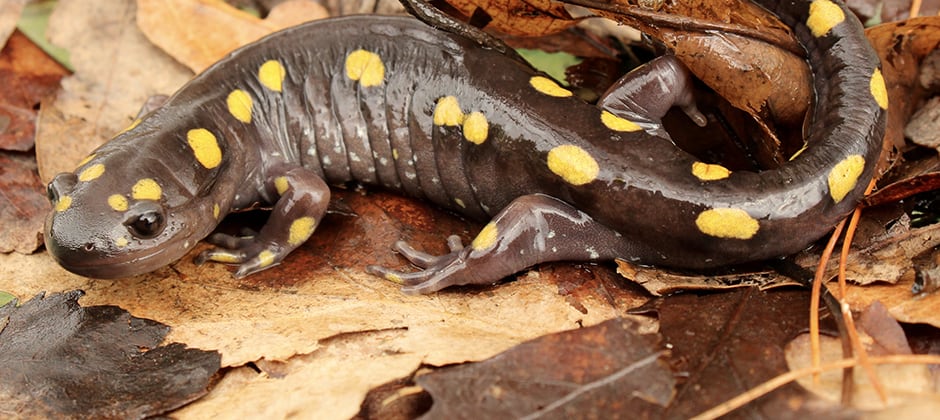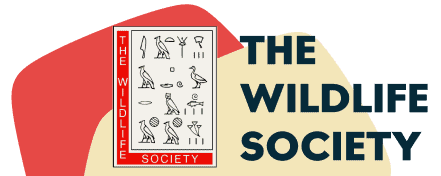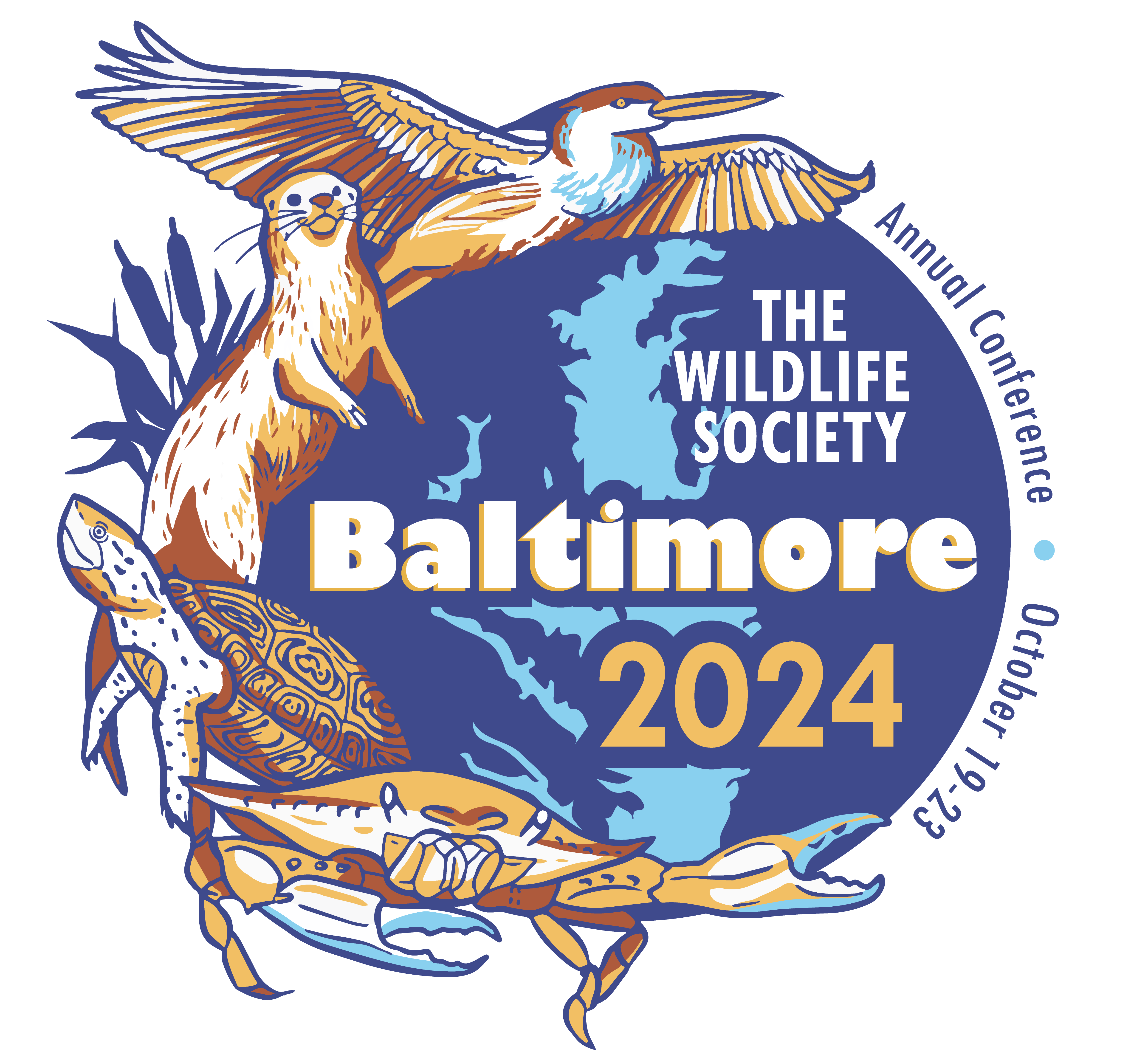- News
-
-
-
-
-
Latest News Articles
- WSB: Study tests accuracy of thermal drone surveys April 26, 2024
- Computer model explores Tribal use of fire for ecosystem health April 26, 2024
- 2024 TWS Elections: Southwest Representative April 25, 2024
-
-
-
- Wildlife Professional Resources
-
- Our Network
-
- PUBLICATIONS
-
-
Recent Posts
-
 The Wildlife Professional November/December Issue
November 1, 2023
The Wildlife Professional November/December Issue
November 1, 2023
-
-
-
-
-
-
- Wildlife Events
-
-
-
Upcoming Webinars
- No Events
-
-
-
- Who We Are
-
Tag: genetic drift

May 14, 2021
Salamander egg color reveals evolutionary forces at play
Poking through ponds in the northeastern U.S. when he was a child, Sean Giery remembers coming across different colors of spotted salamander (Ambystoma maculatum) eggs — some that were clear and...

January 25, 2018
In Hawaii, bird’s genetic trail leads from island to island
When Japanese bush-warblers (Cettia diphone) were introduced to Oahu in the 1920s, it might not have been good for native wildlife, but it turned out to be helpful for researchers....

April 5, 2016
What genetics say about California Island foxes
While they may look alike, foxes on six different islands in California’s Channel Islands are actually very genetically different. The reason for these differences? According to a recent study, it’s...

